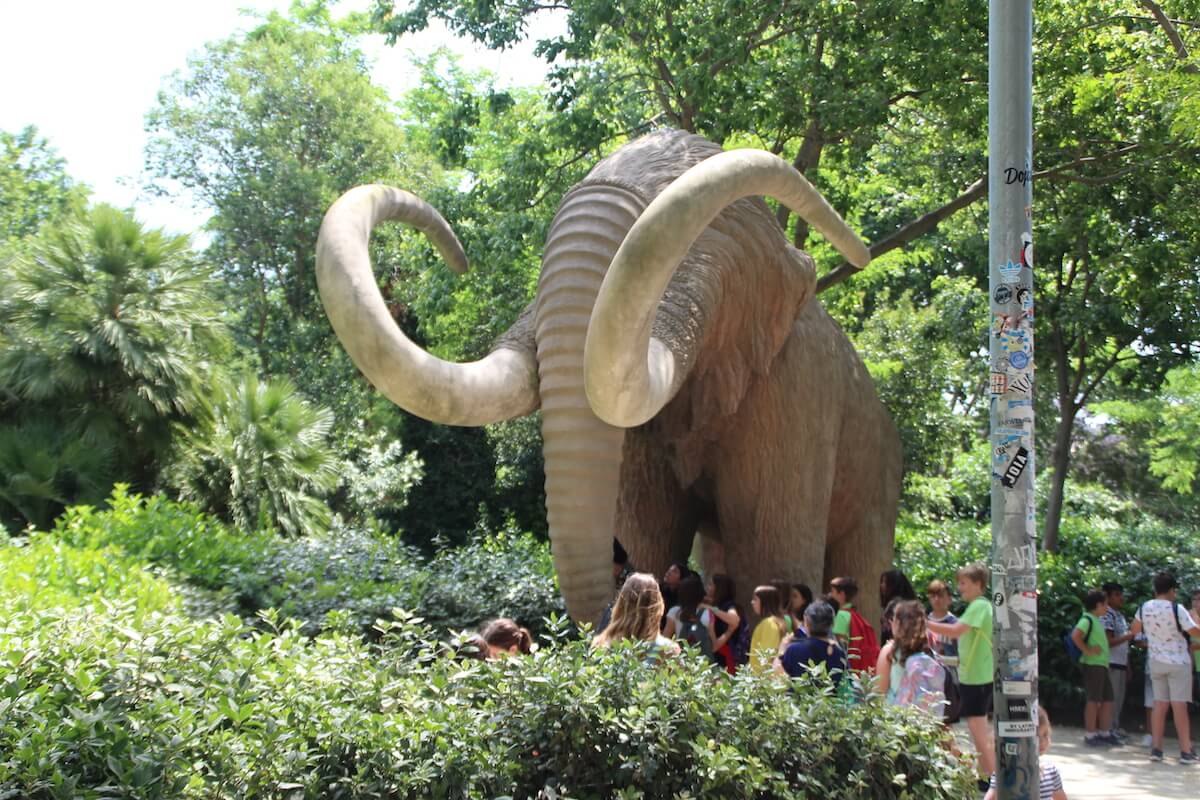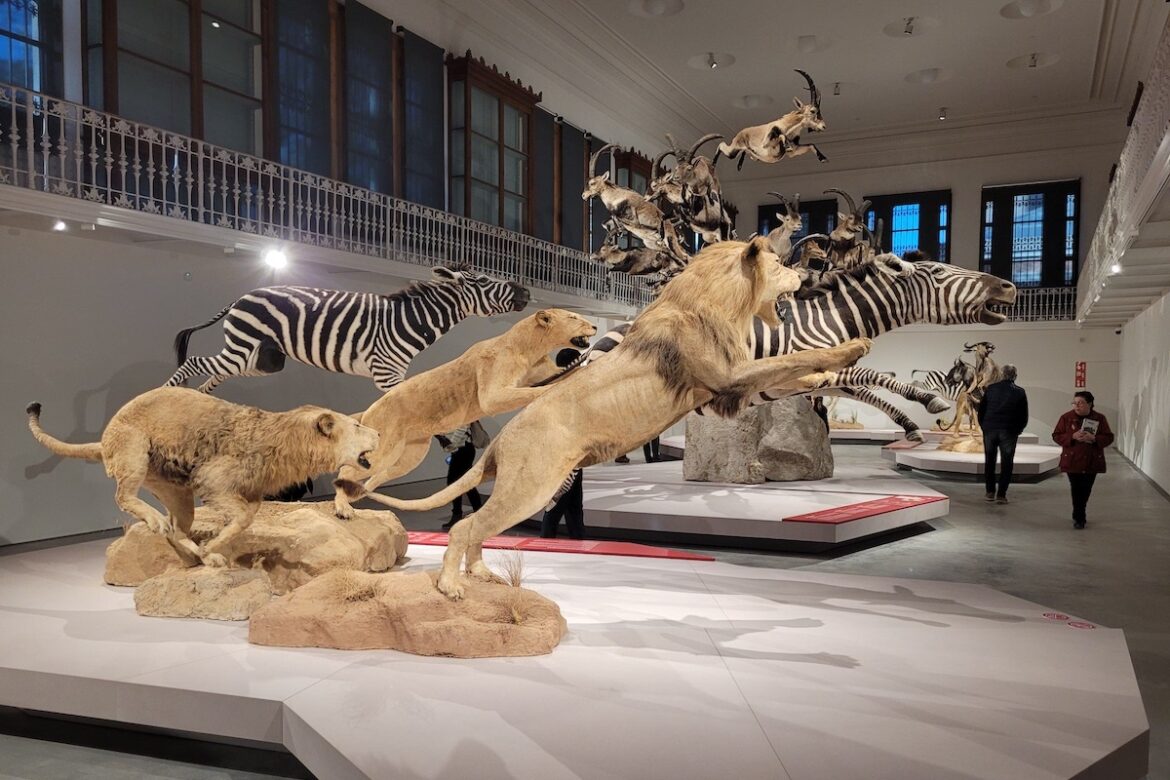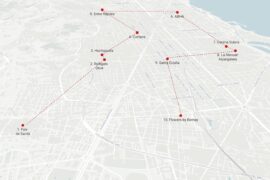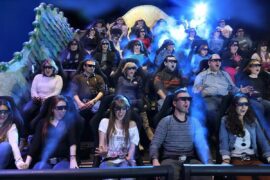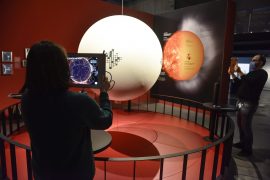The former Museu Martorell de Geologia, now converted into an exhibition center, reopened its doors in the Ciutadella just before Christmas after years of closure and works. And it has done so with part of the collection of the Museu de Ciències Naturals de Barcelona, which has integrated the Geology and Zoology, which was located in the neighboring Castell dels Tres Dragons, also on the grounds of the park, and from which also come some of the pieces now exhibited in the Martorell.
Among the elements that are part of the exhibition, it is worth highlighting the set of a dozen plaster models of extinct prehistoric animals that were to populate the Ciutadella park in natural size and of which only the mammoth of reinforced concrete finally prospered.which is the most popular sculpture on the site. It is normal to contemplate the mammoth with a child climbing on its huge trunk.
In the absence of this kind of Jurassic Park in Barcelona —technically, the term Jurassic would not be correct, but allow me the cinematographic license—, now, and after years gathering dust, you can see the models and get an idea of what the Ciutadella would have looked like if this ambitious project had been completed.
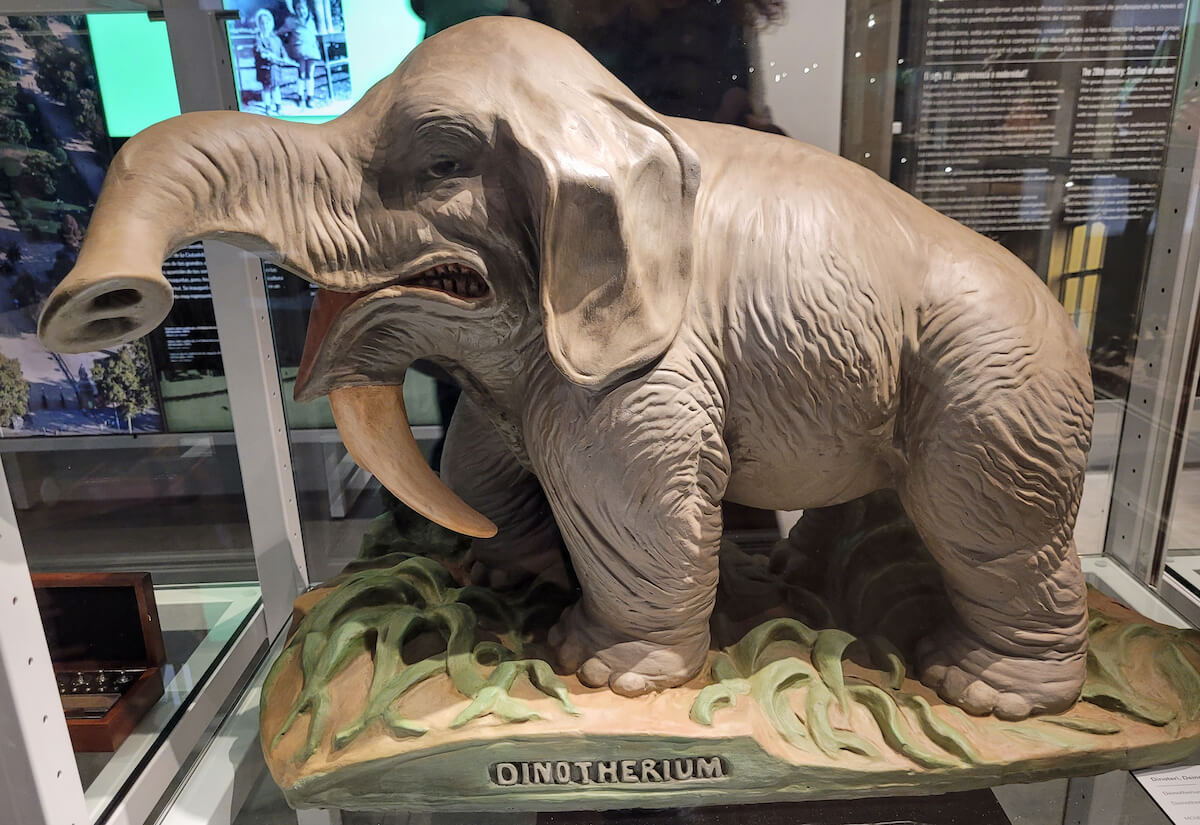
The idea started in 1906 by the naturalists Jaume Almera, Artur Bofill and, mainly, Norbert Font. The initiative pleased the then mayor, Domènec Sanllehy, so it was approved and it was decided to start with the mammoth, a species of which fossil remains had been found in Sant Vicenç dels Horts, in the current district of Les Corts and near Olot. It was decided to build it with reinforced concrete on a wire mesh structure. It was ruled out that the sculpture included the colors with which the models were painted. The concrete mammoth was inaugurated in December 1908, cost almost 9,000 pesetas of the time and was located near the waterfall, in an area that reproduces the wooded habitat of this large Quaternary mammal.
The death of Norbert Font, the main promoter of the project, made the plan to populate Ciutadella with more extinct species fall into oblivion. Only the models remained, which were preserved in the old Geology Museum. In addition to the mammoth, he had envisioned a very similar animal, the dinotherium; a diplodocus; a pareiasaurus; a stegosaurus; a tyrannosaurus; a brontosaurus; a clyptodon; a uintatherium; a triceratops; and the giant bird aepyornes. All of them lived in different geological epochs in Catalonia.
The Martorell Museum is one of the buildings that form part of the side of the park facing Paseo Picasso and that have spent years in a worrying state of deterioration. Once the renovation work was completed, the museum, now converted into an exhibition hall, has reopened its doors together with the Hivernacle. The Castell dels Tres Dragons, a work by Lluís Domènech Montaner that was the restaurant of the Universal Exhibition of 1888 before being a zoology museum, will soon be completed. Now the Umbracle and the so-called Racó de la Ciència are still pending on this side of the park, where two elements that were a great attraction during the Universal Exposition stand out. It is a meteorological column, which today survives stripped of the elements with which it was intended to disseminate the science of weather forecasting, and a table of distances in which citizens could consult the kilometers that separated Barcelona from the major cities of the world. Today, this marble table is broken and the distances and cities can hardly be read.
When the park replaced the Bourbon military fortress of the Ciutadella, in the second half of the 19th century, it was born with a vocation of scientific dissemination and progress. In addition to the aforementioned elements concentrated in the Paseo Picasso wing, there was an aquarium of native species of the Catalan rivers in the upper part of the waterfall, as well as the reproduction of a cave that has now disappeared with its stalactites and stalagmites in whose design a young Antoni Gaudí had collaborated under the orders of the master builder Josep Fontseré. Later came the Zoo and the frustrated project of dinosaurs and other extinct species.
At least we have the mammoth and, now, the spectacular models exhibited again at the reborn Martorell center. Don’t miss it.
